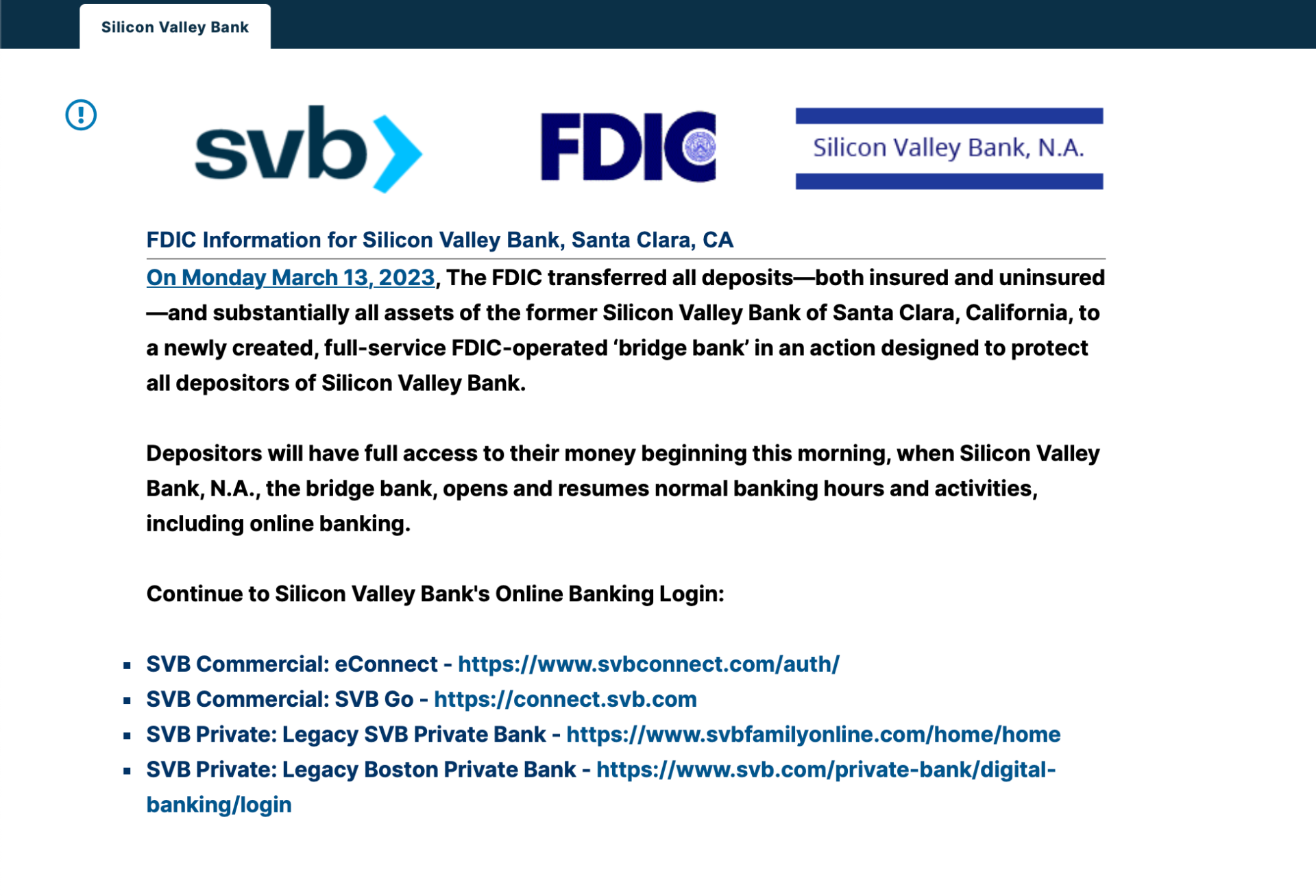
HSBC has purchased the UK arm of failed US Silicon Valley Bank, which collapsed on Friday. It held over $175bn in customer deposits, including an estimated £10bn from UK companies, in its UK subsidiary.
Many UK-based tech companies urged they could go bust without help. Customers and businesses had been unable to access their deposits, but from this morning, could as normal.
HSBC purchased the UK arm of the collapsed bank for a symbolic £1. The government and the Bank of England led the talks, which lasted through the night, to scramble together the deal, with no cost to the taxpayer.
In an interview with the BBC, HSBC boss Noel Quinn said the deal had been “too good an opportunity to miss” and had ensured “a crisis in one institution did not become a systemic crisis”.
The UK arm of the bank only had around 3300 UK business customers, but the collapse raised fears for the health of Britain’s tech and life sciences industries.
The bank’s collapse was the largest collapse of a US bank since 2008. The bank is now under the control of the Federal Deposit Insurance Corporation.

The SVB website today, instructing customers that the bank has been taken over by the Federal Deposit Insurance Corporation.
What caused the collapse?
Silicon Valley Bank mainly catered to start-ups and tech firms. During the start of the Covid-19 pandemic, demand for technology shot through the roof, and as a result, investors were more than willing to invest huge amounts of cash into companies, some even without viable business plans. A new tech boom had started.
As a result of this boom, between the end of 2019 and the first quarter of 2022, the bank’s deposit balances more than tripled to $198bn. Awash with cash, the bank needed some way to earn money from its increased holdings. Normally, banks would turn those deposits into loans to customers, however, as these customers were awash with cash, few needed loans.
Almost all banks use a system called Fractional Reserve Banking, where very little capital is kept as cash on hand, with most being invested, to maximise profit.
SVB decided to invest these in securities. This is a riskier investment by banks, as their value changes with interest rates and market conditions. If SVB held these securities until they matured, the different interest rates would be minimal. Selling them before maturity, however, could cause great losses depending on the market conditions at that time.
Then, in 2022, the Covid-19-fueled start-ups started to ask for their money back.
The 2020 Covid tech bubble had burst. A worldwide cost-of-living crisis left many consumers without money to spend and made operating a business more expensive. Investors were becoming more hesitant to pump cash into failing businesses, and as a result, companies wanted to withdraw huge amounts of cash from their deposits at SVB.
As mentioned earlier, SVB only had a small amount of cash in hand, and as more and more companies were looking to withdraw deposits, the bank was running out of cash. The company couldn’t sell many securities, as the losses made on these would wipe out its remaining capital. Instead, it sold $21bn in bonds, taking a $1.8bn loss in the process, and seeking to raise money from investors to offset that loss.
The call for capital fell on deaf ears, leaving a glaring hole in the bank’s balance sheet. As to be expected, news of the bank’s ill-fated finances didn’t reassure customers, and many began to rapidly withdraw their deposits from the bank.
SVB collapsed due to a good old-fashioned bank run.
